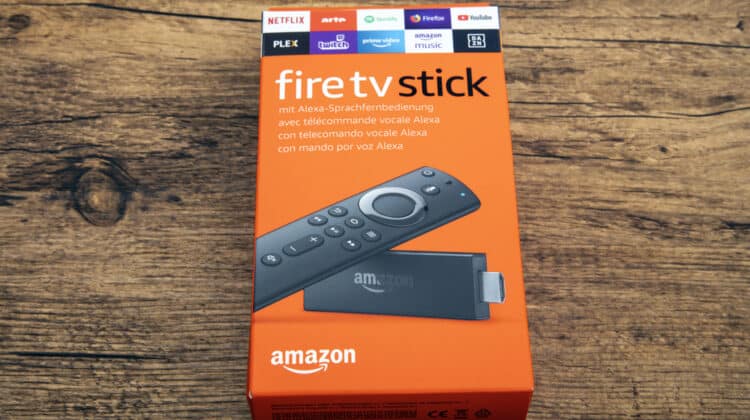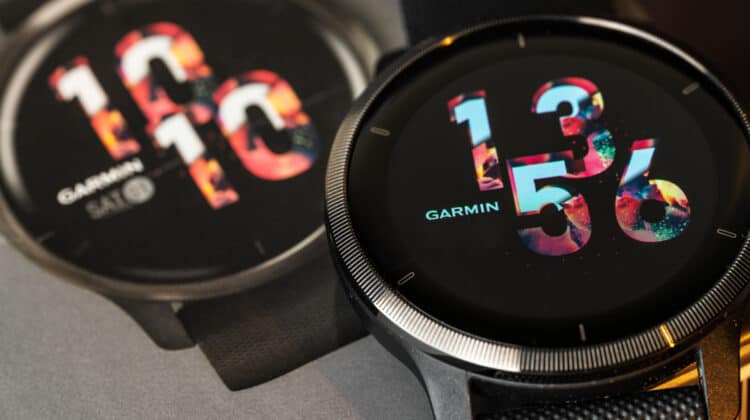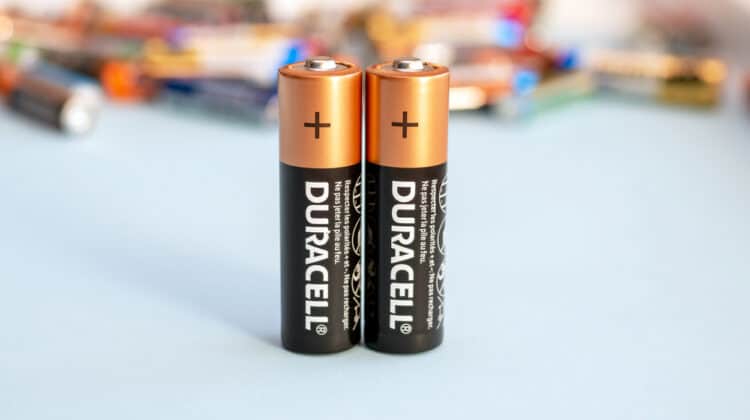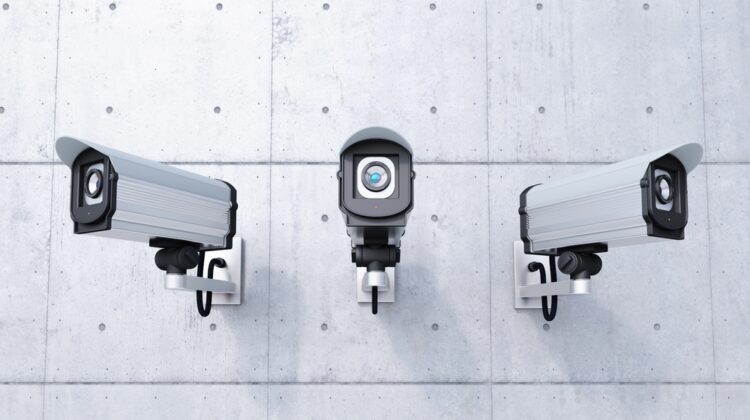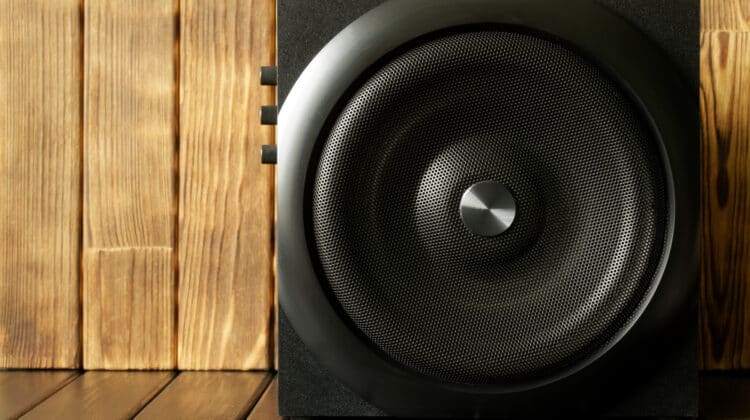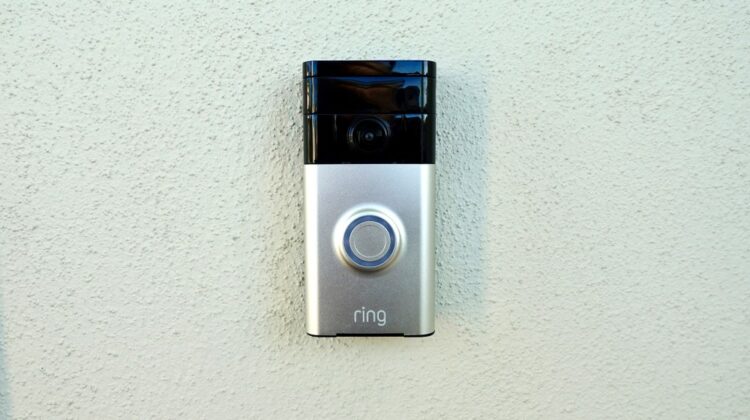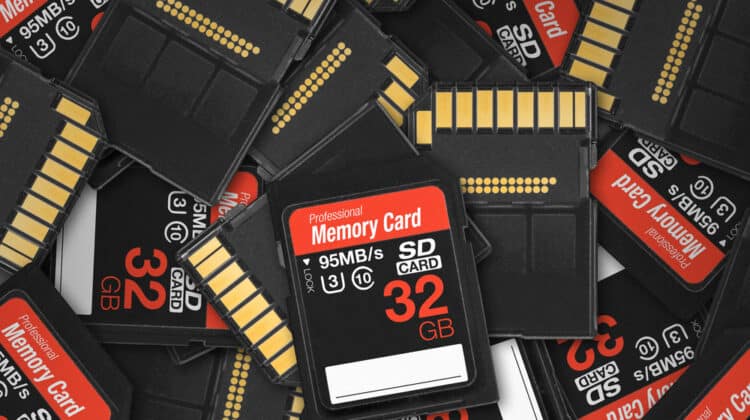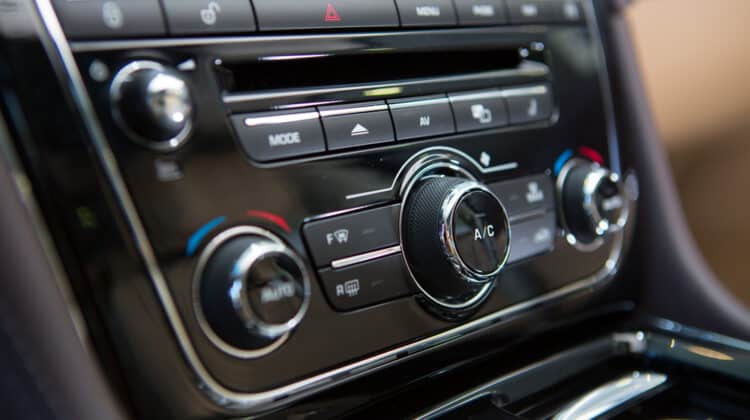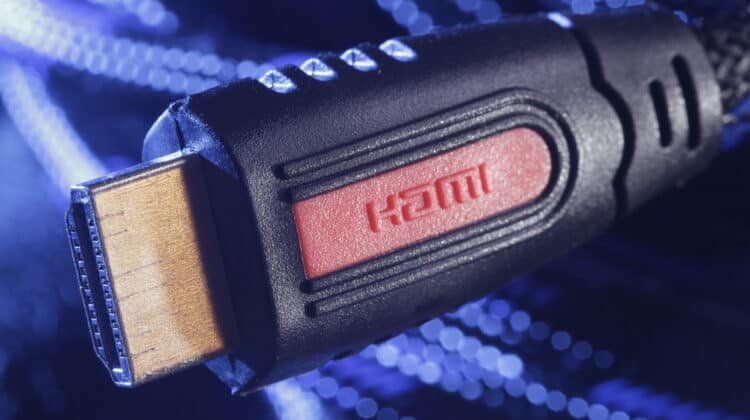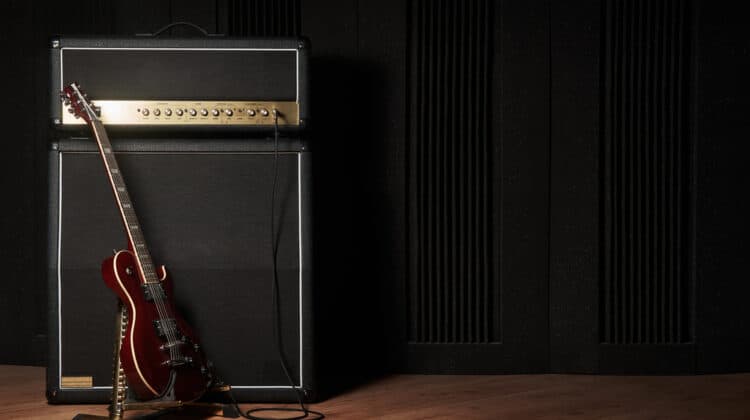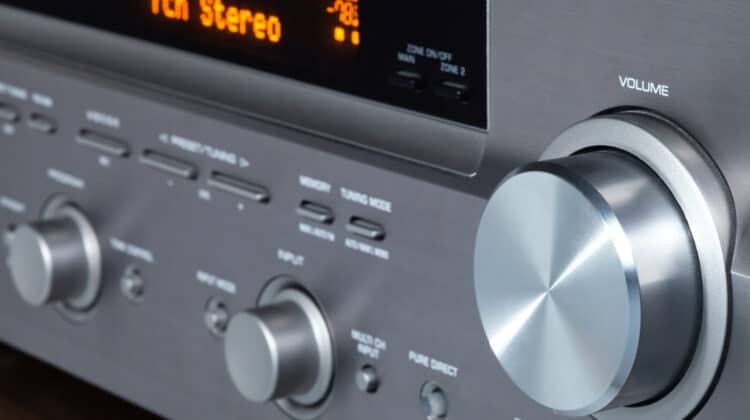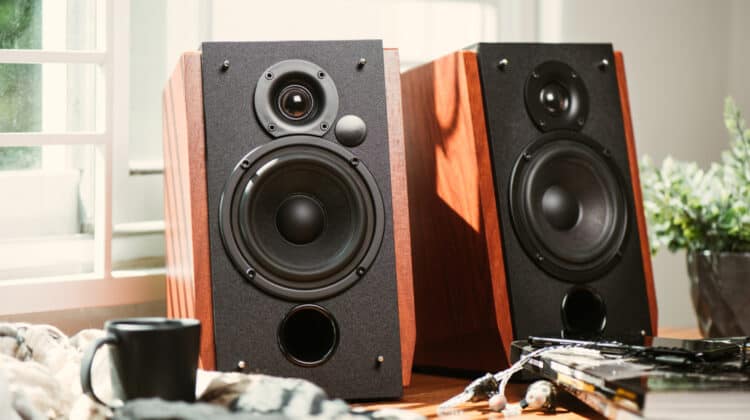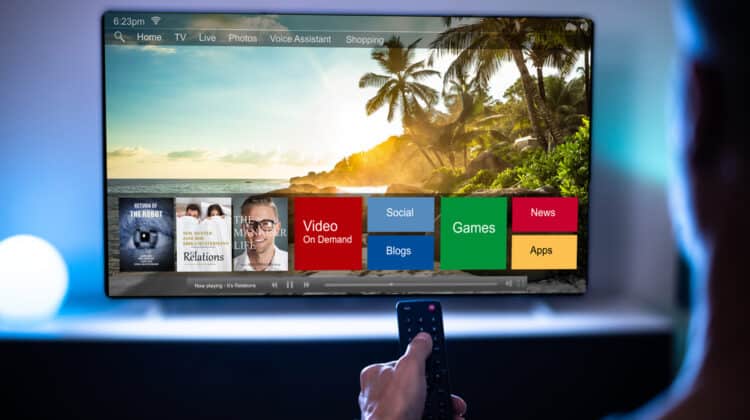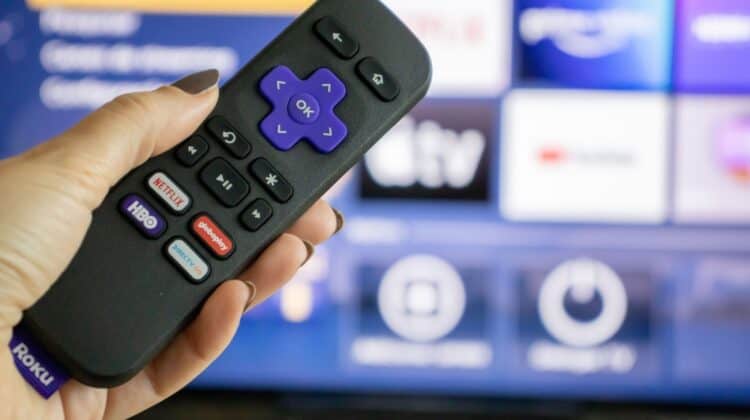
If you’re in the market for a new TV, you may be confused by the wide range of features, specs, and technologies.
You need to consider size, price, and your own requirements to make the final decision.
One option widely available on the market is Crystal UHD.
What is it, and how is it different from regular UHD?
What Is Crystal UHD?

Crystal UHD is Samsung’s proprietary technology and the brand name for its lineup of entry-level TVs with Ultra High-Definition resolution and Crystal processors.
With 3840 × 2160 pixels, Crystal UHD TVs can produce 4K resolution but with more vivid pictures thanks to the Crystal processors.
Although Samsung doesn’t provide details about this processor, we do know that the technology involves using a nanocrystal layer on the screen to produce more accurate colors and contrast.
It blocks light and color efficiently to reduce color bleeding and produce deeper blacks and brighter whites, resulting in higher contrast ratios.
These TVs belong to the budget line of Samsung’s TVs and are offered in a wide range of inches and prices.
They have a wide color gamut and support HDR, which is not a particularly unique feature since most Samsung TVs have HDR support.
Many users believe that Crystal UHD is a marketing gimmick used by Samsung since it doesn’t offer enhanced picture qualities compared to OLED and QLED TVs.
It uses LED backlighting with an LCD panel made of crystal particles.
Still, many users praise Samsung’s Crystal UHD televisions because they can create similar quality images of higher-end TVs at much lower prices.
Main Features Of Crystal UHD TVs

In terms of specs, Samsung’s Crystal UHD TVs aren’t much different from other UHD TVs.
The only difference is that the former uses the Crystal processor, enhancing the color gamut and image quality, making every image 4K.
Samsung promises to give you crystal-clear images thanks to its proprietary technology, hence the name.
Here’s a detailed showdown of Crystal UHD features:
1. Resolution

One of the biggest hassles of watching content on 4K screens is that you’re restricted by the content’s resolution.
In other words, you should watch 4K content on your 4K TV to enjoy the superb image quality.
If the content resolution is lower, your 4K TV can’t change it to 4K content.
That’s not the case with Samsung’s Crystal UHD televisions.
As mentioned, Samsung uses its proprietary processor to enhance the resolution in its Crystal UHD televisions.
This processor gets any image thrown at it and upscales it through its color mapping technology.
This way, you can have 4K images even if the original image is lower-quality.
This resolution is four times greater than full HD (1080p) TVs and enhances image accuracy to produce more realistic images.
2. Colors

Samsung’s Crystal UHD televisions offer greater color accuracy thanks to different technologies.
One is Dynamic Crystal Color, which uses red and green phosphors to convert the LED’s blue color to white.
The result is a clear light different from traditional LEDs that use a yellow phosphor to generate white.
Another technology is PurColor, which generates different colors to provide higher color accuracy and set it apart from traditional RGB technologies.
PurColor generates secondary color shades, including yellow, cyan, and magenta, in addition to the primary colors of red, green, and blue.
This technology enables Crystal UHD TVs to display over a billion colors that produce high-fidelity and vibrant pictures.
3. Smart TV

Image quality isn’t the only feature that Crystal UHD televisions offer.
All Samsung’s Crystal UHD televisions are smart TVs, allowing you to enjoy all the smart home capabilities.
You can connect your smart home devices to your TV and use the built-in voice assistants, including Amazon Alexa, Google Assistant, or Samsung’s Bixby.
SmartThings is Samsung’s built-in app that allows you to control your devices via your TV remote.
It also has Samsung’s Smart Hub built-in to help you stream content more conveniently.
4. Gaming

One of the significant advantages of Samsung’s Crystal UHD is that these TVs are perfect for many different purposes, including gaming.
Thanks to the Motion Xcelerator technology, these televisions minimize motion blur, which is a key feature in gaming.
This way, you can have an excellent gaming experience without losing image quality in fast-paced gaming scenes.
Although it has rather simple technology, it delivers clear images in dynamic games.
Motion Xcelerator removes and turns off the backlight to eliminate residual images.
This feature works for any content displaying fast-paced motions, including movies and races.
Crystal UHD TVs also have Samsung’s Game Mode, which reduces lag by eliminating visual bells and whistles.
Although it can lead to lower-quality images, it reduces lag and improves your game’s responsiveness.
Another feature great for gaming is Auto Low Latency Mode (ALLM), which reduces lags and optimizes the screen.
5. Contrast Ratio

Higher contrast is one of the primary features that create crystal-clear images promised by Samsung’s Crystal UHD TVs.
And Samsung uses different technologies to achieve that.
One such technology is the Contrast Enhancer, which adjusts contrast dynamically and based on the specific qualities of each image.
It analyzes each image and reduces the contrast between its dark and light areas to enhance the picture quality.
Another contrast-enhancing feature is High Dynamic Range (HDR).
It also improves the contrast between dark and light areas by making black areas darker and white areas brighter.
Thanks to HDR, you can view images in greater detail and have a wide color gamut, even in dark scenes.
6. Panel Technology

Some experts mainly dismiss Samsung’s Crystal UHD TVs as not impressive or advanced because of their panel technology.
These TVs use old LCD panels with LED backlighting.
The only feature that makes them different from fluorescent-lit LCDs is the light-emitting diodes placed on the back of the TV.
There are many LCD panels with LED backlights.
What makes Samsung’s Crystal UHD TVs better than others is the Crystal technology used to create sharper and more realistic pictures.
In addition, it’s feature-loaded, smart and suitable for gaming.
It’s also on the lower end of the price spectrum, making it a great budget UHD TV.
7. Size

Samsung offers Crystal UHD televisions in a variety of designs with great viewing angles, thanks to their high resolution.
They come in sizes ranging from 44” to 86”, and most have a slim and minimalistic design.
BU8000, AU900, and AU9010 are the most recent models.
Additionally, they have a curved model, the TU8300, which is 65” with many features in addition to those found in other Crystal UHD TVs.
Crystal UHD Vs. Regular UHD

Now that you know what Crystal UHD is, you may wonder whether it’s different from regular UHD TVs.
Depending on the UHD TV’s manufacturer and specs, there can be many differences between these two.
The main point here is that UHD is one of the many features of a TV or monitor.
It refers to the display’s resolution, which is ultra-high definition and corresponds to 3840 × 2160 pixels.
In this sense, any modern TV with 4K resolution is considered UHD.
Thus, you can find many UHD TVs from different brands with various panel types and added technologies.
Similarly, Crystal UHD belongs to the wider class of UHD displays.
The only difference is that Crystal UHD comes with an added technology of Crystal processor, which only belongs to Samsung.
If you want to choose between a UHD TV and Samsung’s Crystal UHD TVs, you should consider other features, such as size, price, smart capabilities, etc.
Crystal UHD Vs. QLED

If you’ve searched different TV models, you must have come across QLED TVs recommended by salespeople as one of the best options on the market.
This is one of the main sources of confusion, making it difficult to pick the right option.
However, the differences aren’t difficult to grasp.
Comparing Crystal UHD and QLED is like comparing apples with pears.
To begin, UHD refers to the TV’s resolution, whereas QLED is a display’s panel technology.
Thus, we can have different TVs that can be both.
For example, QLED TVs can have 4K resolution (or be UHD) and higher.
Similarly, UHD TVs can have different panel technologies, including QLED.
As for Samsung’s Crystal UHD TVs, they have LCD panel technology with LED backlighting.
While LED can be a great advancement over LCD, it’s not as advanced as QLED.
LCD (Liquid Crystal Display) screens have liquid crystal particles sandwiched between two panels.
The light source, which is a backlit LED in Samsung’s Crystal UHD televisions, moves through the particles to create pictures.
On the other hand, QLED panels use a quantum-dot aluminum layer that emits another layer of light to create more colors.
That’s a great enhancement over traditional LCD and LED technologies, creating more accurate colors, higher contrast ratios, and richer pictures.
According to Samsung, QLED panels take the Crystal UHD experience to a higher level.
However, it may not be the best option for gaming because QLED displays are known to have issues with controlling motion blur.
Plus, they’re more expensive and consume more electricity than Crystal UHD TVs.
NEXT: How Long Do Headphones Last? (Explained)



